
One path one collection | Agueda Lozano(2022)
The sculptor and painter Agueda Lozano narrates the first contacts with plastic art that she had in her native Ciudad Cuauhtémoc, Chihuahua; her stay in France and how was her arrival in Europe; her return to Mexico, and her participation in important exhibitions and sculpture projects, among which the definitive insertion sculpture that she inaugurated in the Plaza de México in Paris stands out. Likewise, she talks about her works in the Payment in Kind Collection, about the characters that promoted and inspired her in her career, and about her aesthetic proposals and creation techniques.

Movie: One path one collection | Agueda Lozano
Top 1 Billed Cast
Self
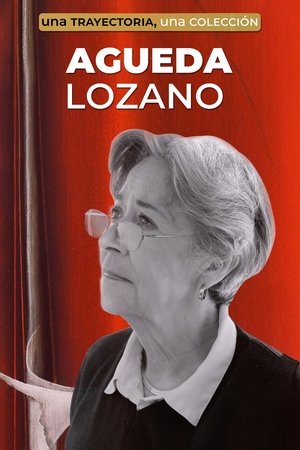
Una trayectoria una colección | Agueda Lozano
HomePage
Overview
The sculptor and painter Agueda Lozano narrates the first contacts with plastic art that she had in her native Ciudad Cuauhtémoc, Chihuahua; her stay in France and how was her arrival in Europe; her return to Mexico, and her participation in important exhibitions and sculpture projects, among which the definitive insertion sculpture that she inaugurated in the Plaza de México in Paris stands out. Likewise, she talks about her works in the Payment in Kind Collection, about the characters that promoted and inspired her in her career, and about her aesthetic proposals and creation techniques.
Release Date
2022-09-24
Average
0
Rating:
0.0 startsTagline
Genres
Languages:
EspañolKeywords
Similar Movies
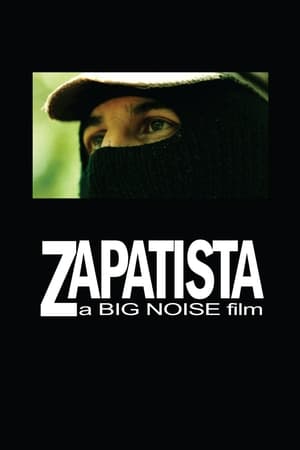 5.2
5.2Zapatista(en)
"Zapatista" is the definitive look at the uprising in Chiapas. It is the story of a Mayan peasant rebellion armed with sticks and their word against a first world military. It is the story of a global movement that has fought 175,000 federal troops to a stand still and transformed Mexican and international political culture forever.
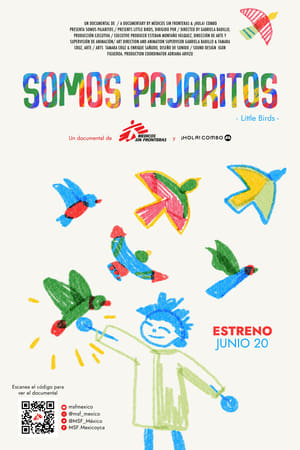 0.0
0.0Little Birds(es)
Through dances and games, migrant boys and girls who live in a shelter in Reynosa, on the US-Mexico border, shared their dreams and stories of hope with us.
 0.0
0.0México, México: Mexique en mouvement(fr)
"Mexico begins where the roads end ”. Mexican writer Carlos Fuentes tells us about the history of Mexico: its invasions, its revolutions, its sacred lands, its forgotten legends, its religious rituals and this frightening misery. François Reichenbach and his camera sink into the dust, on this sacred land, where "the land never ends."
 7.2
7.2The Inheritors(es)
The Inheritors immerses us in the daily lives of children who, with their families, survive only by their unrelenting labor. Polgovsky spent two years filming in many of the poorest rural areas of Mexico.
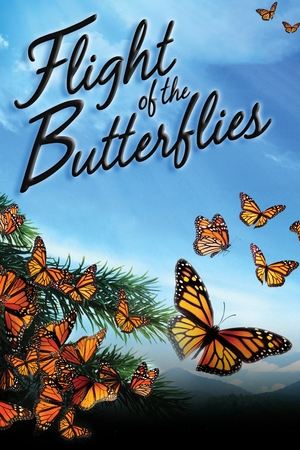 6.5
6.5Flight of the Butterflies(en)
It takes two or three generations for the monarch butterfly to reach the Canadian breeding grounds, but it is one "supergeneration" that makes the 2,000 mile return trip back south into central Mexico. The documentary film covers Dr Fred Urquhart's interest in monarch butterflies, with perspectives of Urquhart as a child wondering where the butterflies went, his years of research and study into their life and migration, to his time decades-later as a senior scientist looking back at his investigations and discoveries about the insect's life pattern.
Hundertwasser's Rainy Day(de)
In 1972, the camera eye observes Friedensreich Hundertwasser in the ambiance he has created for himself and presents a wide selection of his beautifully coloured pictures, which are owned by collectors all over the world, while the artist himself speaks about his life, his work, his ideas, and his manifestoes.
 0.0
0.0David Hockney: Joiner Photographs(en)
David Hockney is unquestionably one of the most passionate and versatile experimental artists on the contemporary scene. In the late 1970s the British artist developed a pioneering concept which also changed his perspective on painting – his “joiners”. In this film, the artist himself talks about this photographic approach, a kind of Cubism-inspired photocollage which explores the space-time continuum. Hockney allows the viewer to share in the creative “joiner” process and leads us step by step into the universe of his artistic creativity.
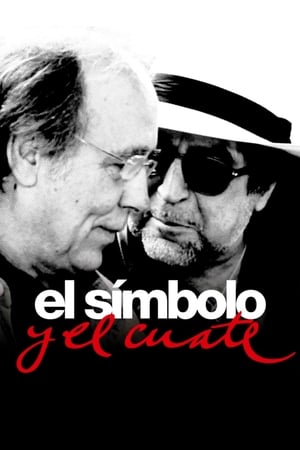 7.0
7.0Serrat & Sabina: Two for the Road(es)
Joan Manuel Serrat fled to Mexico when Franco ordered his persecution. In Argentina and Chile, his commitment against military regimes is still remembered. Joaquín Sabina arrived later. His poetry bewitched the audience. In Argentina, he is a tango singer as much as a rocker; in Mexico, the mariachis sing their songs. The former is a symbol, a venerated figure; the latter is a “cuate,” as they say in Mexico, a buddy with whom you can always count.
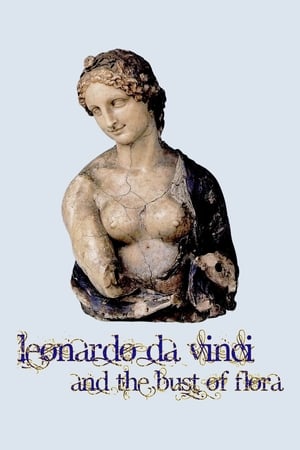 7.2
7.2Leonardo da Vinci and the Bust of Flora(de)
Acquired in July 1909 by art collector Wilhelm von Bode (1845-1929), director general of the Prussian Art Collections and founding director of the Kaiser-Friedrich-Museum, now the Bode-Museum, the Bust of Flora, Roman goddess of flowers, has been the subject of controversy for more than a century.
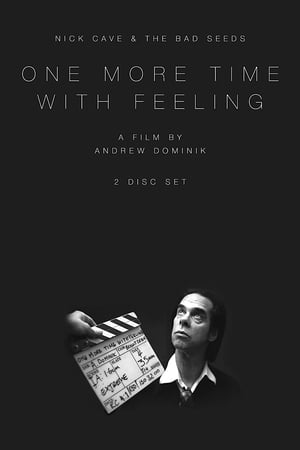 7.9
7.9Nick Cave & The Bad Seeds: One More Time with Feeling(en)
Andrew Dominik's One More Time With Feeling is a remarkable black and white documentary which chronicles the creation of Nick Cave & The Bad Seeds' album Skeleton Tree. Originally a performance based concept, the film evolved into something much more significant as Dominik delved into the tragic backdrop of the writing and recording of the album. The result is stark, fragile and raw, and a true testament to an artist trying to find his way through the darkness. It documents the writing, recording and performing of Nick Cave & the Bad Seeds’ sixteenth studio album, Skeleton Tree.
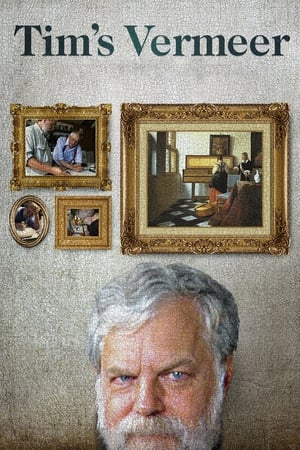 7.3
7.3Tim's Vermeer(en)
Tim Jenison, a Texas based inventor, attempts to solve one of the greatest mysteries in all art: How did Dutch Master Johannes Vermeer manage to paint so photo-realistically 150 years before the invention of photography? Spanning a decade, Jenison's adventure takes him to Holland, on a pilgrimage to the North coast of Yorkshire to meet artista David Hockney, and eventually even to Buckingham Palace. The epic research project Jenison embarques on is as extraordinary as what he discovers.
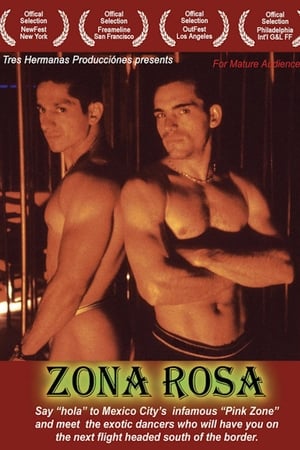 4.3
4.3Zona rosa(es)
"Zona Rosa" is a documentary about the strippers who work in the gay clubs in Mexico City's famous district, the Zona Rosa. Christian Miranda gives us a tour though his professional and personal life while working as a cage-dancer stripper at one of Mexico City's famous gay nightclubs. Along with Christian we meet other strippers, patrons of the clubs and the club mangers. The nightlife, the scene, the money and the consequences are all on display as we tour through the notorious reality that gives the Zona Rosa its name.
 6.8
6.8The World at Their Feet(en)
The 1970 finals saw the emergence of probably the greatest team the world has ever seen, in the all-conquering form of Brazil. Pelé was playing in his last finals and his touch, vision and goal prowess combined with Jairzinho's amazing feat of scoring in every round, propelled the Brazilians to an irresistible 4-1 final victory over an overwhelmed Italy.
 6.5
6.5Louise Bourgeois: The Spider, The Mistress And The Tangerine(en)
A journey inside the world of a legend of modern art and an icon of feminism. Onscreen, the nonagenarian Louise Bourgeois is magnetic, mercurial and emotionally raw-an uncompromising artist whose life and work are imbued with her ongoing obsession with the mysteries of childhood. Her process is on full display in this intimate documentary, which features the artist in her studio and with her installations, shedding light on her intentions and inspirations. Louise Bourgeois has for six decades been at the forefront of successive new developments, but always on her own powerfully inventive and disquieting terms. In 1982, at the age of 71, she became the first woman to be honored with a major retrospective at New York's Museum of Modern Art. In the decades since, she has created her most powerful and persuasive work, including her series of massive spider structures that have been installed around the world.
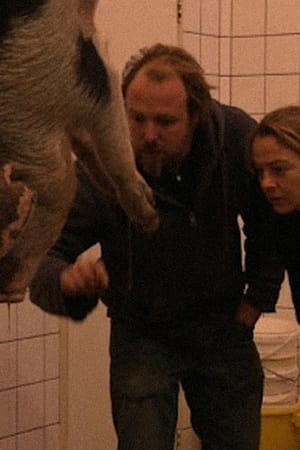 0.0
0.0Bloed(nl)
Elles Kiers and Sjef Meijman lived intensively with four Bunte Bentheimer pigs for seven months. During the slaughter month they had their beloved pig Bom killed and then prepared it themselves. The short documentary Blood (Dinanda Luttikhedde, 2011) follows the visual artists in the final phase of their research project into the origin of our food. A valuable ritual unfolds around the processing of this animal.
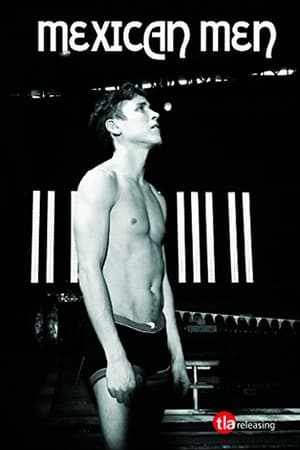 7.5
7.5Mexican Men(en)
Who’s up for a sensual, seductive trip with some of the hottest Latin men that have ever graced the Silver Screen? ‘Mexican Men’ collects five of the most accomplished gay shorts from one of the homes of groundbreaking queer cinema. From short encounters, emerging love stories and deeply touching connections, these short films are sure to stir the heart... and body. Includes: Atmosphere [Atmósfera] (2010); To Live [Vivir] (2003); Tremulous [Trémulo] (2015); Wandering Clouds [Nubes flotantes] (2014); Young Man on the Bar Masturbating with Rage and Nerve [Muchacho en la barra se masturba con rabia y osadía] (2015).
 7.4
7.4Mur Murs(fr)
Venturing from Venice Beach to Watts, Varda looks at the murals of LA as backdrop to and mirror of the city’s many cultures. She casts a curious eye on graffiti and photorealism, roller disco & gang violence, evangelical Christians, Hare Krishnas, artists, angels and ordinary Angelenos.
 0.0
0.0Speaking of Abstraction: A Universal Language(en)
At the beginning of the twenty-first century, abstraction - that most quintessentially modernist innovation - maintains a peculiarly contradictory position. Used, on one hand, by post-modernist artists as just one more quotable style amongst many, it is on the other hand still considered an elitist or hermetic language by audiences intimidated by its lack of recognizable subject matter. Yet ultimately, abstraction continues to be a viable creative path for contemporary artists of all generations, many of whom embrace it as the most inclusive and fundamentally resonant of artistic languages. Filmed at the artists' studios, the Dia Center for the Arts, and the Guggenheim Museum during their exhibition, "Abstraction in the Twentieth Century."
